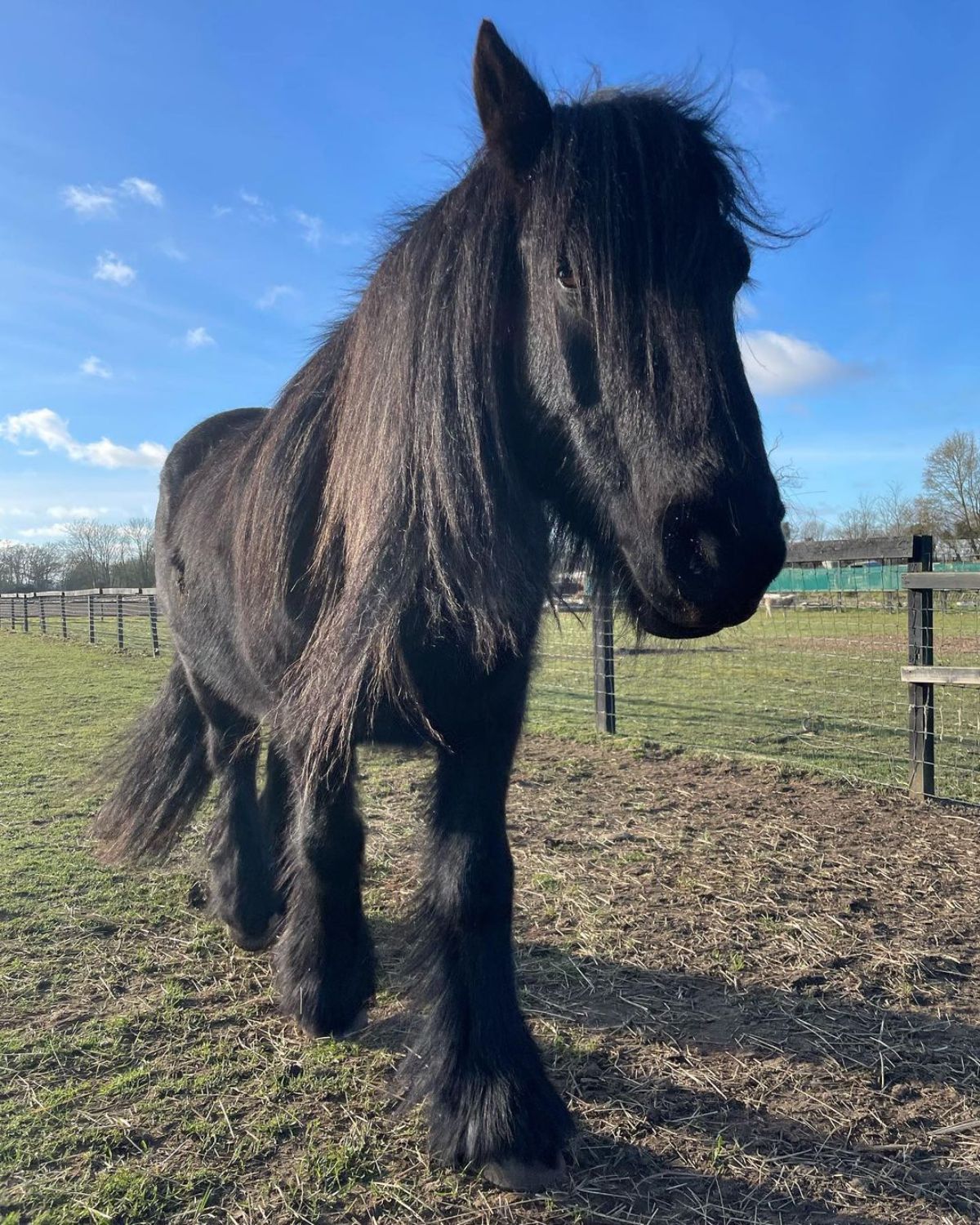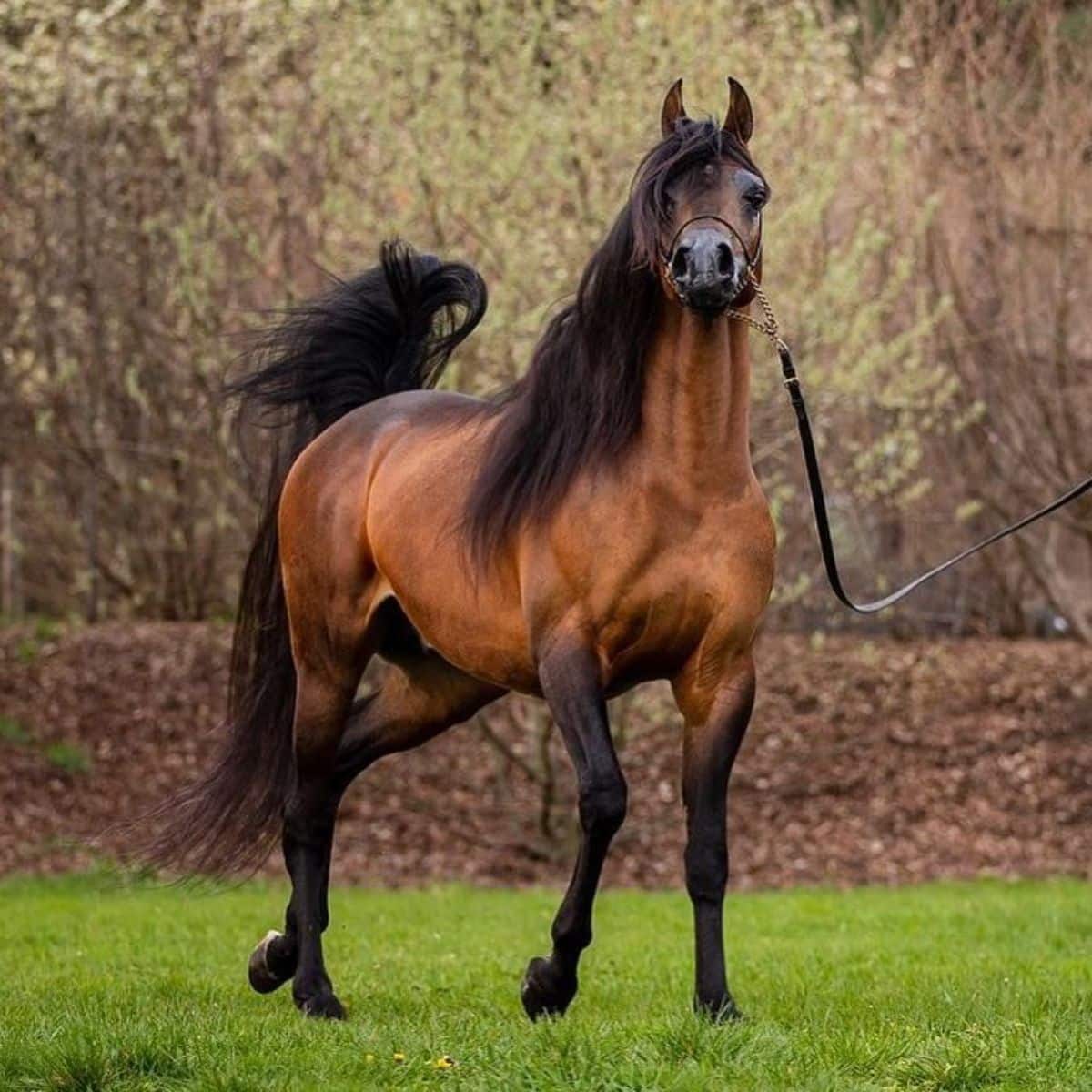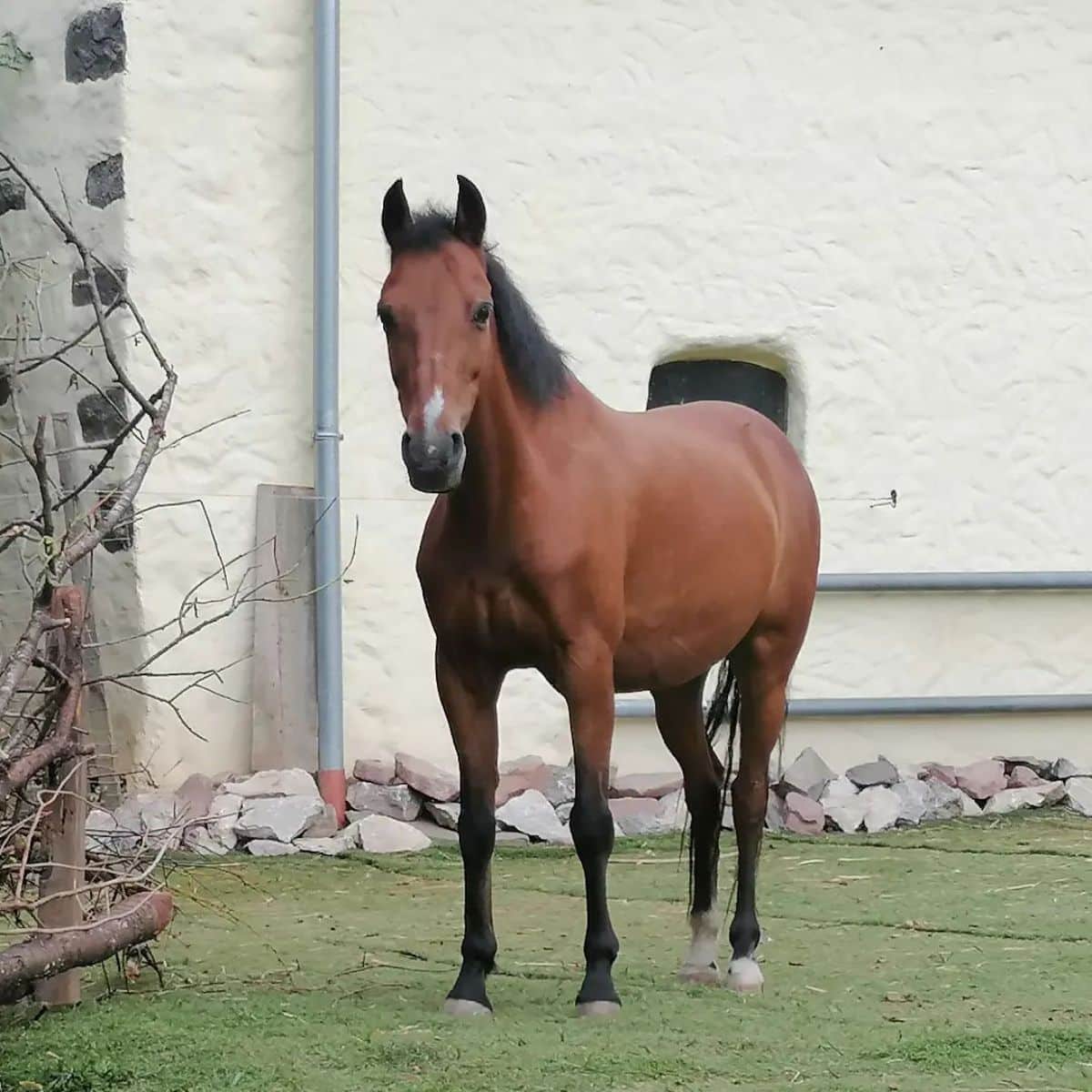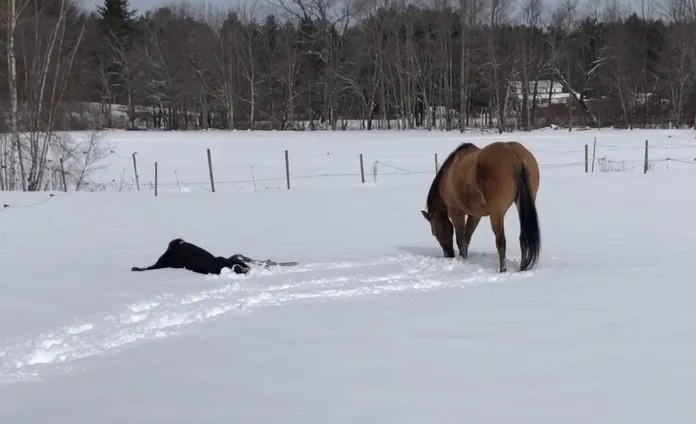Historically, horses played a vital part in royal life. They were hunters and cavalry horses, and they pulled royal carriages. How royals use their horses has changed with time, but they continue to have an important life. Here are some of the horse breeds worthy of royalty.

First and foremost on our list of royal horse breeds is the Thoroughbred. It was the favorite horse of Queen Elizabeth II.
Asked about how she selected horses for breeding, the late Queen said in an interview that her goals weren’t complicated. She liked fast horses, especially if they outpaced other people’s fast horses.

Thoroughbreds were a perfect fit for her tastes. They are famous for their agility and their endurance, able to cover vast distances quickly without requiring significant recovery afterward.
They average approximately 16.2 hands tall, and you most often see them in bay, brown and black, though many other colors of Thoroughbred exist.

These horses weren’t just popular with Queen Elizabeth II. The Thoroughbred originated in England around the third century. Under the rule of James I of England, they became an integral part of the Royal Studbook.
Their slim bodies and light bones give Thoroughbreds an elegant and long stride. It’s ideal for racing and jumping events. It’s no surprise the late Queen, an avid horse racer, favored them particularly.
The Clydesdale horse began life humbly as a workhorse in the Lanarkshire region of Scotland. The unlikely couple John Paterson of Lochalsh and the sixth Duke of Hamilton teamed up to create these majestic animals. They created them by breeding imported Flemish stallions with native Scottish draft horses.
The result was the broad-hoofed, noble-looking Clydesdale. They have a heavy build that betrays their draft horse origins. But their wide heavy hooves proved a bad fit for narrow arable fields, where they quickly picked up mud, stones, and dirt. They were much better suited to paved or cobbled city roads.
Most Clydesdales are approximately 16.2 hands tall, though some have been taller. The most famous was Digger, the orphaned horse who experienced a Dickensian turn of fortune when he went from a welfare shelter for horses to part of the Queen’s Household Cavalry.
Digger stood an astonishing 19.3 hands tall. That’s approximately six and a half feet to the non-equestrian. The plan was for this gentle giant to carry the silver drum at the Queen’s Diamond Jubilee, but Digger’s placid nature pared badly with the pomp and circumstance involved.
Because the then-Queen was a keen horsewoman, Digger didn’t end up participating. But he did enjoy a long and happy country life and the reputation of being the Clydesdale that charmed the Queen.

Another favorite royal horse breed is Fell Ponies. Their diminutive stature was perfect for Elizabeth II, herself short and easily dwarfed by larger animals.
The breed is native to Cumbria, and like its close relative, the Dales Pony, it’s a hardy animal that deftly traverses mountains and moorlands.
They are smaller than Dales Ponies, but their broad backs and sturdy bones belly an innate nimbleness. What distinguishes them from other beloved British ponies is that the Fell Pony has sufficient weight and size to carry riders ranging from child to adult-sized without faltering.
They are classically darkly colored. They are typically found in chestnut, dark chestnut, black, bay, and gray.
However, you never see piebald or skewbald Fell Ponies as breeding standards don’t permit it. The occasional blaze or star on the forehead is permissible, but generally speaking, extraneous markings are discouraged.
Practically speaking, Fell Ponies are good jumpers. They also excel at hunting and point-to-point type events.
The British monarchy wasn’t the only ruler with interest in horses. They formed the basis of a long-standing friendship between Queen Elizabeth II and Sheikh Mohammed of Dubai.
He gifted the British monarch several yearlings, and she several times made use of his Arabian studs in her stables.
Arabians, as a royal horse breed, have a long history. They’re still an integral part of royal life in Dubai. More recently, the Bahraini King gifted one to Queen Elizabeth II.
But Arabians began long before any of this. You can find their distinctive profile on cave walls in Ancient Egyptian civilizations. And no wonder – the Bedouins found them faster and better at sustained transport across the desert.
Part of the Arabian’s popularity as a royal horse breed and otherwise is their nobility. They have distinctive profiles, with a slightly pronounced bulge in the forehead. They also have an arched neck and pronounced throatlatch. Like the bulge over the sinus cavity, this characteristic enhances the Arabian’s endurance in arid climates.
Arabian horses are noble-looking, spirited, and deeply loyal animals. They’re also highly versatile and, when bonded to an owner, will try anything for them. That’s not to say they won’t have an opinion about doing it, but their love for their herd almost always carries the day.

Hackney horses look regal, so it’s no surprise this royal horse breed pulls the hackney carts for British royals.
But this royal horse breed wasn’t always royal. Like other horses on this list, the Hackney Horse has a mundane origin. It emerged in the 1700s when well-to-do Norfolk farmers decided to improve the quality of their carriage horses.
They wanted an animal that trotted better than their current stock and had higher stamina. So they mixed their lines with the Thoroughbred, and the result was the elegant Hackney horse. It’s an adaptable horse that can undertake many activities. There are four distinct Hackney classifications:
These Hackneys all excel at slightly different activities. But one thing they all have in common is the high-kneed Hackney trot. Watch them in motion, and you’ll notice they move fluidly and lift their legs proudly.

The Cleveland Bay is another royal horse breed with underwhelming origins. They’re slightly more elevated than other horses discussed in that they owe their creation to the Church of England.
Before the fall of English monasteries, the monks needed durable pack horses that could transport goods cross-country. Enter the Cleveland Bay. Its Yorkshire origins ensured it was a muscular animal with sloping shoulders and croup.
Because they have Andalusian ancestry, they are also elegant and speedy horses. They are always bay-colored, but whether it’s a dark or light bay is a matter of breeding taste.
Their popularity dipped in the 1930s since Britain had fewer exports and because horse upkeep was expensive. But they have a long and storied history as the royal horse of choice at Buckingham Palace, where they continue to pull carriages today.
 They are beautiful, powerful horses. Throughout Spanish history, they have served as Calvary animals and as diplomatic gifts to keep political peace.
They are beautiful, powerful horses. Throughout Spanish history, they have served as Calvary animals and as diplomatic gifts to keep political peace.They have been a distinct horse breed since the 1500s, and modern Andalusians strongly resemble their ancestors. They have compact bodies but thick manes and tails.
Their combination of intelligence and docility makes them fast learners and adds to their popularity with modern riders.





